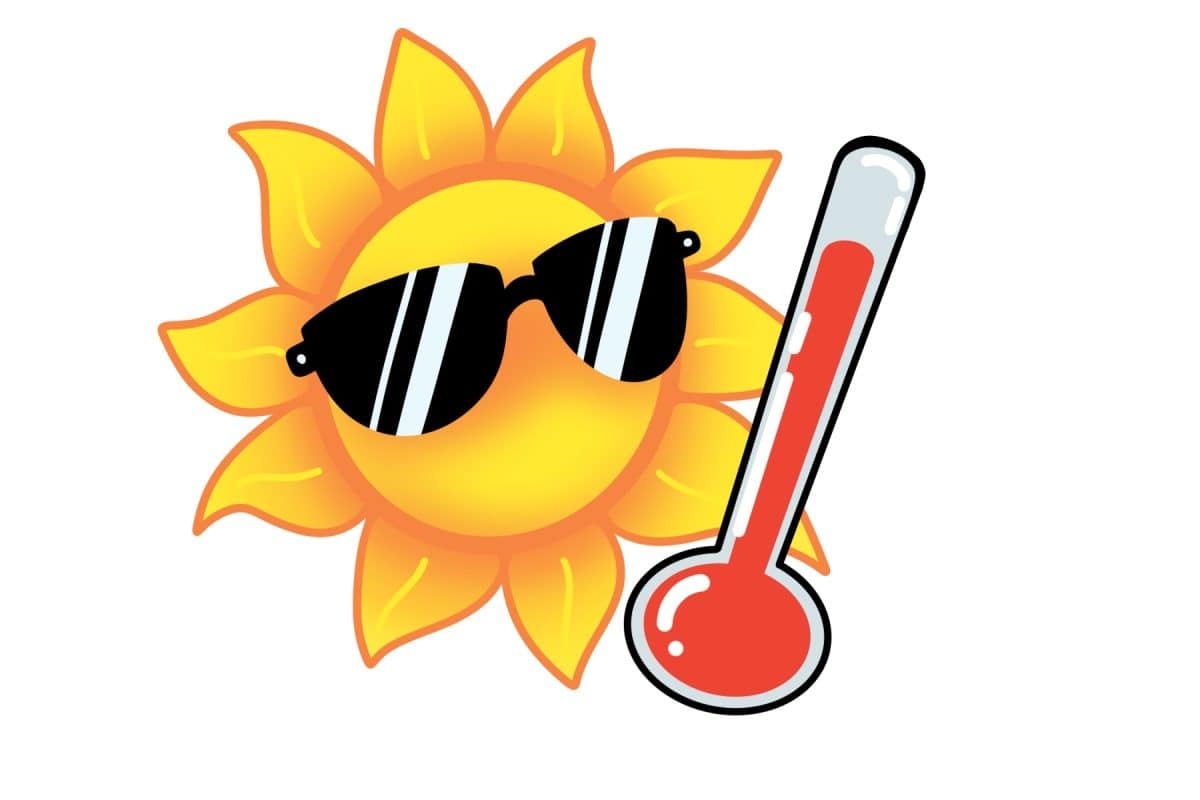Classes may have started back for the fall semester, but the heat index doesn’t reflect fall temperatures yet.
UA students discussed ways to combat the heat and stay hydrated while walking to class, attending sports practices and working out. Many are also trying to prevent heat-related illnesses like heatstroke and heat exhaustion in the wake of Earth’s hottest summer ever recorded.
Richard Scott, WVUA 23 chief meteorologist, said that despite what the temperature feels like outside, no Alabama records have been broken this summer. He said the “feels like” temperature has been over 110 degrees for multiple days, though.
According to Scott, an elevated heat index, or the combination of air temperature and humidity, presents a danger of heatstroke and heat exhaustion. He said a heat advisory is issued when the heat index surpasses 105 degrees.
“Hot, humid air is more dangerous than hot, dry air,” Scott said.
With the most recent heat advisory for West Alabama being Saturday, Aug. 26, during the Alabama vs. Middle Tennessee game, Scott said there are no upcoming heat advisories for the Tuscaloosa area.
Scott said West Alabama also experienced an excessive heat warning on Friday, Aug. 25. Both are determined using criteria set by the National Weather Service.
“An excessive heat warning is more dangerous than a heat advisory. It’s when the heat index surpasses 110,” Scott said.
To stay cool, Scott recommends wearing light-colored and loose-fitting clothing that will allow the sweat to evaporate off the skin. He also said to drink water or Gatorade and to avoid alcohol.
“The most important thing is to try to avoid long durations outdoors in the direct sun,” Scott said.
Scott said students should be able to recognize the symptoms of heatstroke and exhaustion, which include excessive sweating, dizziness, feeling faint, and red or hot skin.
Kacie Mears, a junior majoring in creative media, said she didn’t realize she had an underlying medical condition that makes her susceptible to heat-related illnesses until she had a heatstroke this school year.
“I noticed a lot of nausea, dizziness, really bad sweating [and] really bad fatigue to the point where I was shaking,” Mears said.
Mears has not informed the University of her condition, but she said she probably should, because her condition is affecting her ability to attend class.
“I had to leave my math class the other day because I could not focus well enough because I was so drained,” Mears said. “I had a headache. I was super nauseous. I had really bad vision.”
Mears said she would like to see the University provide hybrid classes for students prone to heatstroke or exhaustion.
“There’s absolutely no reason that people in my situation should be out in the 105-degree weather,” Mears said.
Sean Dowling, a junior majoring in general business and a member of the Alabama men’s rugby club, said his team has had to practice in 100-degree weather this season.
He said his coaches encourage frequent water breaks to keep the team hydrated.
“All the water’s gone at the end of practice, and you wouldn’t believe how much we sweat,” Dowling said.
Dowling said he recommends drinking water and eating simple carbohydrates before exercising, like pasta.
“It all comes down to hydrating the night before. You can’t just wait for like an hour before or during practice,” Dowling said.
Shoshana Ambers, a senior majoring in kinesiology and president of the Alabama women’s club soccer team, said it’s been hard to adjust to Alabama’s humidity after spending her summer at home in Texas.
“It’s extremely humid,” Ambers said. “It’s like a different type of heat.”









